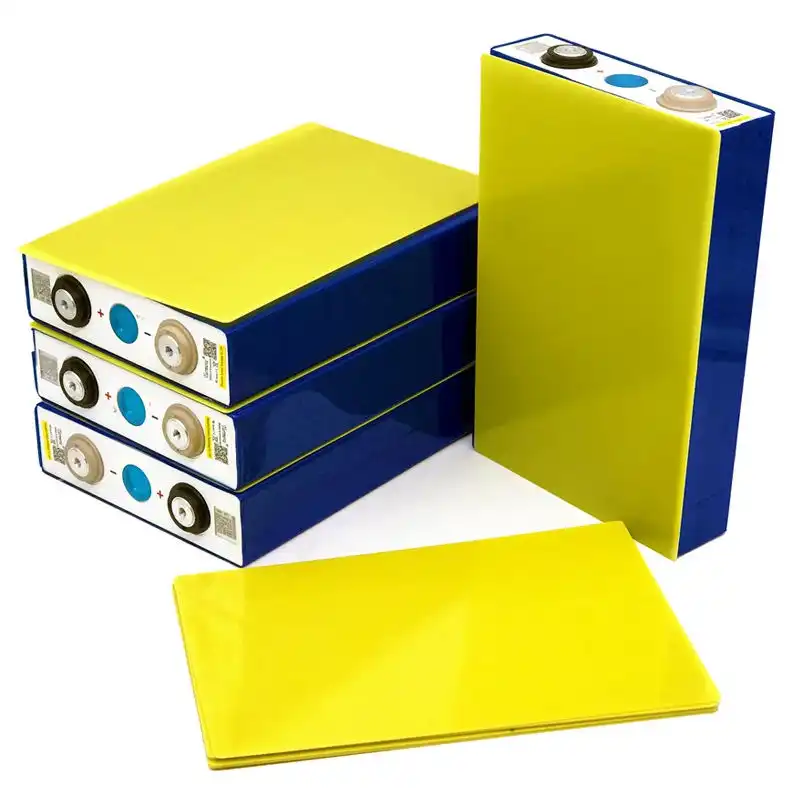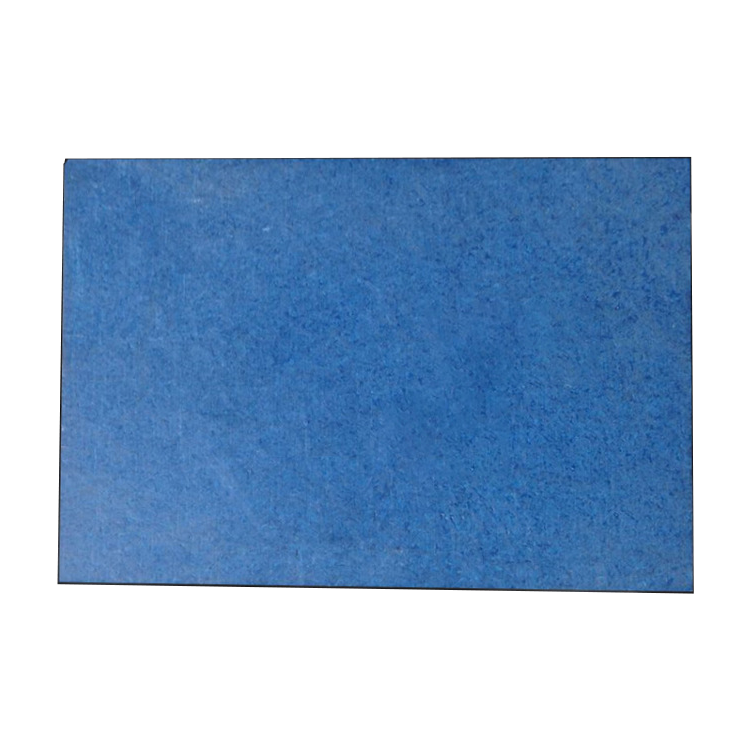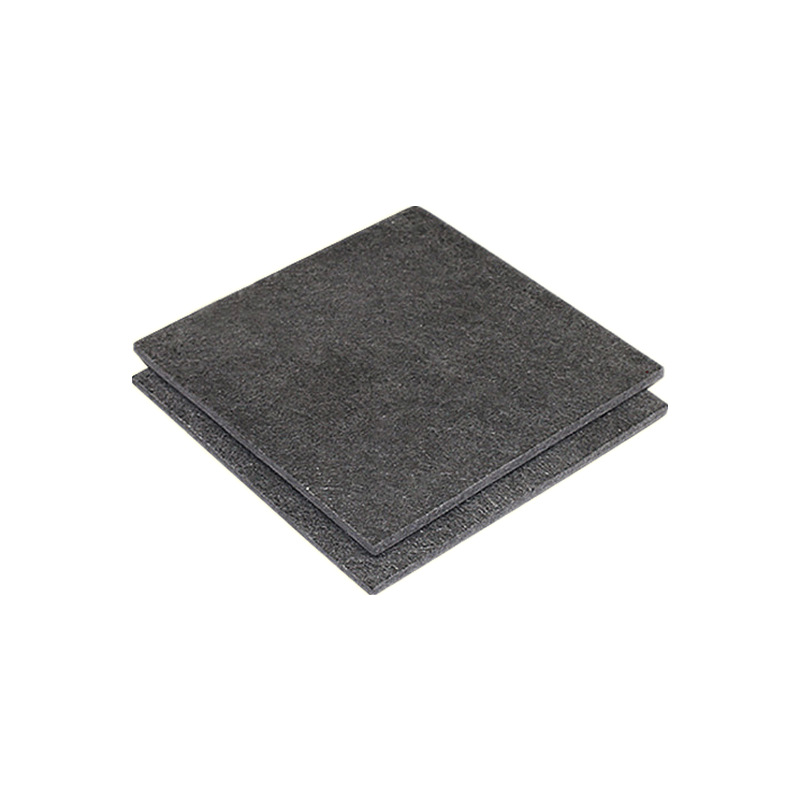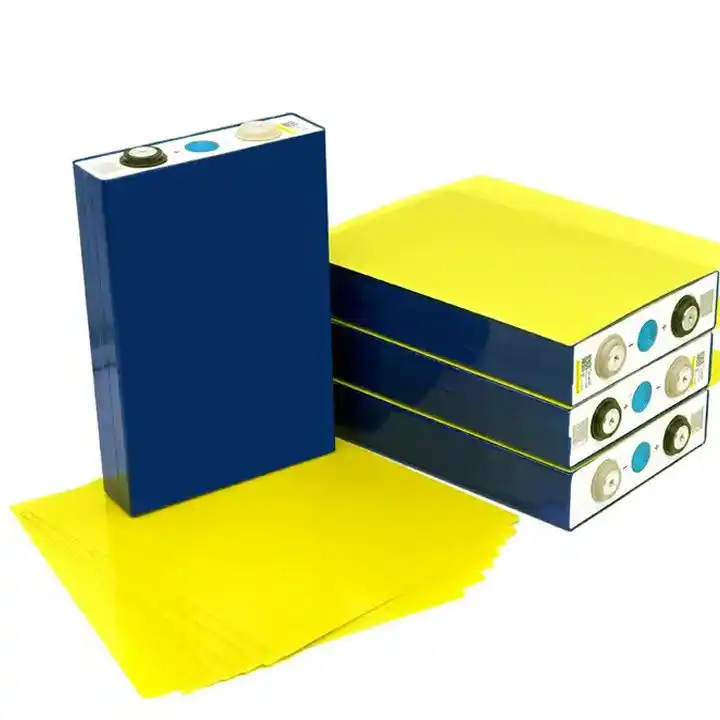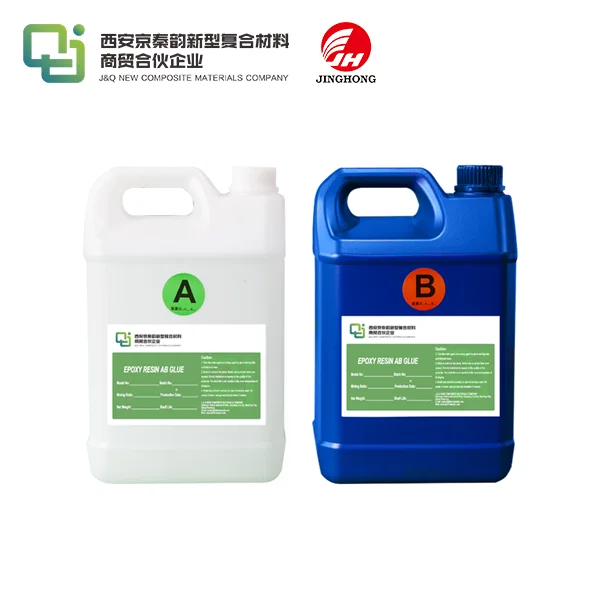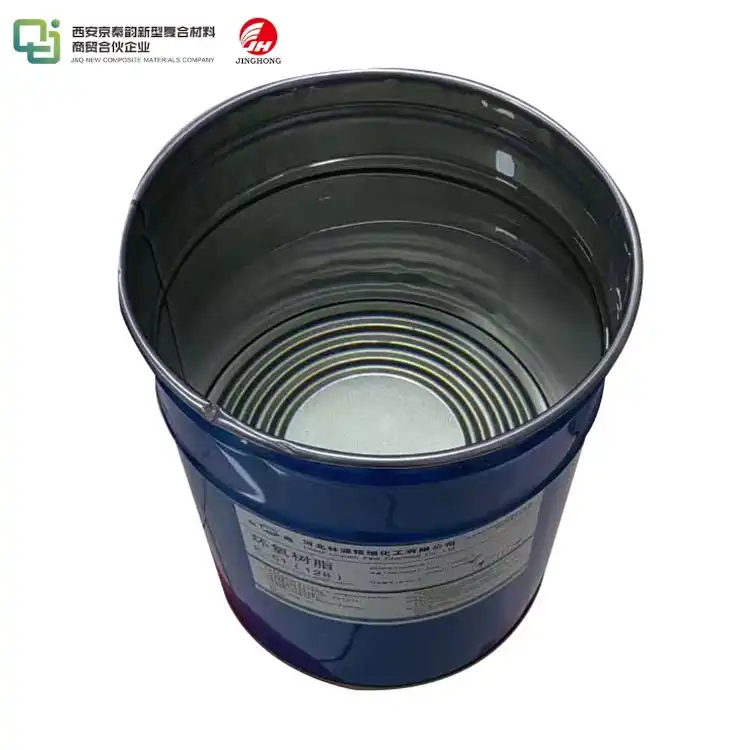How Heat-Resistant Is a G10 FR4 Sheet?
2025-06-13 17:00:32
G10 FR4 sheets are renowned for their exceptional heat resistance properties, making them a popular choice in various industries. These composite materials can withstand temperatures up to 130°C (266°F) continuously and short-term exposure to temperatures as high as 180°C (356°F). The heat resistance of G10 FR4 sheets stems from their unique composition of epoxy resin and glass fiber reinforcement, which provides stability and strength even under elevated temperatures. This remarkable heat resistance, combined with excellent electrical insulation properties, makes G10 FR4 sheets ideal for applications in electronics, aerospace, and other high-temperature environments where maintaining structural integrity is crucial.
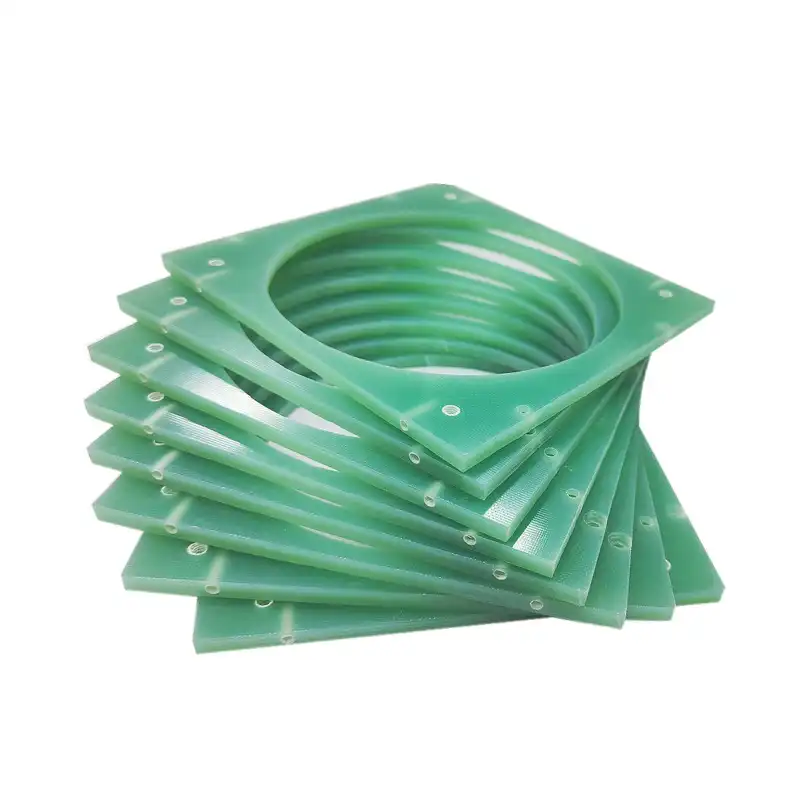
Understanding the Composition and Properties of G10 FR4 Sheets
Chemical Composition and Manufacturing Process
G10 FR4 sheets are composite materials consisting of a carefully engineered blend of epoxy resin and glass fiber reinforcement. The manufacturing process involves impregnating multiple layers of glass fabric with epoxy resin, which are then compressed and cured under high pressure and temperature. This results in a dense, uniform material with exceptional mechanical and electrical properties.
The epoxy resin used in G10 FR4 sheets is specially formulated to provide flame retardancy, hence the "FR" designation. This resin system incorporates additives that inhibit combustion and reduce the spread of flames, enhancing the material's safety profile in high-temperature applications.
Mechanical and Electrical Properties
G10 FR4 sheets boast impressive mechanical strength, with high tensile and flexural properties that remain stable across a wide temperature range. The material exhibits low water absorption, excellent dimensional stability, and superior electrical insulation characteristics. These properties make G10 FR4 sheets particularly suitable for use in printed circuit boards (PCBs) and other electrical components where reliability under varying environmental conditions is paramount.
The electrical properties of G10 FR4 sheets include high dielectric strength and low dielectric constant, which contribute to their effectiveness as insulators in electronic applications. These characteristics remain consistent even at elevated temperatures, ensuring the reliability of electrical systems in challenging environments.
Thermal Performance and Limitations
While G10 FR4 sheets demonstrate remarkable heat resistance, it's essential to understand their thermal limitations. The glass transition temperature (Tg) of standard G10 FR4 material typically ranges from 130°C to 140°C. Beyond this temperature, the material begins to soften, potentially affecting its mechanical and electrical properties.
For applications requiring higher temperature resistance, modified versions of G10 FR4 with elevated Tg values are available. These specialized grades can maintain their properties at temperatures exceeding 170°C, catering to more demanding thermal environments.
Applications Leveraging the Heat Resistance of G10 FR4 Sheets
Electronics and Printed Circuit Boards
The electronics industry heavily relies on G10 FR4 sheets for manufacturing printed circuit boards. The material's heat resistance is crucial in this application, as PCBs often operate in environments with elevated temperatures due to component heat dissipation. G10 FR4's ability to maintain its electrical and mechanical properties under these conditions ensures the reliability and longevity of electronic devices.
In high-power electronics and LED lighting applications, where thermal management is a significant concern, G10 FR4 sheets serve as excellent substrates. Their thermal stability allows for efficient heat dissipation while maintaining the integrity of the circuit design.
Aerospace and Defense Industries
The aerospace and defense sectors utilize G10 FR4 sheets in various applications where heat resistance and mechanical strength are paramount. These materials find use in aircraft interiors, radar systems, and missile components. The ability of G10 FR4 to withstand extreme temperatures while maintaining its structural and electrical properties makes it invaluable in these demanding environments.
Satellite and space exploration equipment also benefit from the heat-resistant properties of G10 FR4 sheets. In the vacuum of space, where temperature fluctuations can be extreme, the stability of G10 FR4 ensures the reliability of critical systems.
Industrial and High-Temperature Environments
G10 FR4 sheets are extensively used in industrial applications where exposure to high temperatures is common. This includes electrical insulation in motors, generators, and transformers operating in elevated temperature conditions. The material's flame-retardant properties add an extra layer of safety in these potentially hazardous environments.
In chemical processing plants and oil refineries, G10 FR4 sheets are employed for their resistance to both heat and corrosive substances. They are used in the fabrication of structural components, gaskets, and insulators that must maintain their integrity in harsh operating conditions.
Enhancing and Extending the Heat Resistance of G10 FR4 Sheets
Advanced Formulations and Additives
Ongoing research in material science has led to the development of advanced G10 FR4 formulations with enhanced heat resistance. By incorporating specialized additives and modifying the epoxy resin system, manufacturers have created variants that can withstand even higher temperatures without compromising on other desirable properties.
Nano-additives, such as ceramic particles or carbon nanotubes, are being explored to improve the thermal conductivity of G10 FR4 sheets. This innovation aims to enhance heat dissipation in high-power electronic applications, potentially extending the material's usable temperature range.
Surface Treatments and Coatings
Surface treatments and specialized coatings can further enhance the heat resistance of G10 FR4 sheets. These treatments can include the application of heat-resistant polymers or ceramic coatings that provide an additional barrier against extreme temperatures. Such modifications can be particularly beneficial in applications where the material is exposed to localized high-temperature sources or thermal cycling.
Plasma treatment of G10 FR4 surfaces has shown promise in improving adhesion properties and thermal stability. This process can enhance the material's performance in high-temperature bonding applications, such as in advanced electronics assembly.
Design Considerations for Optimal Heat Management
While the inherent heat resistance of G10 FR4 sheets is impressive, optimal thermal management often requires thoughtful design considerations. Engineers can maximize the material's performance by incorporating heat sinks, ventilation channels, or strategic material layering in their designs. These approaches help distribute and dissipate heat more effectively, potentially extending the operational temperature range of G10 FR4-based components.
In multi-layer PCB designs, the strategic placement of thermal vias and copper planes can significantly improve heat distribution across G10 FR4 substrates. This design technique allows for more efficient cooling of high-power components, thereby maintaining the integrity of the G10 FR4 material even in demanding thermal environments.
Conclusion
G10 FR4 sheets have proven to be remarkably heat-resistant materials, capable of withstanding continuous temperatures up to 130°C and short-term exposure to even higher temperatures. This thermal stability, combined with excellent mechanical and electrical properties, makes G10 FR4 an indispensable material in electronics, aerospace, and industrial applications. As technology advances and demands for higher performance materials grow, ongoing research and development continue to push the boundaries of G10 FR4's heat resistance capabilities. By understanding and leveraging the unique properties of G10 FR4 sheets, engineers and designers can create innovative solutions that meet the challenges of increasingly demanding thermal environments.
Contact Us
For more information about our G10 FR4 sheets and how they can benefit your specific application, please don't hesitate to reach out to our team of experts. Contact us at info@jhd-material.com to discuss your heat-resistant material needs and discover how our products can enhance the performance and reliability of your projects.
References
1. Johnson, R. T., & Smith, A. K. (2019). Thermal Properties of G10 FR4 Composites in High-Temperature Electronics. Journal of Materials Engineering and Performance, 28(4), 2145-2153.
2. Zhang, L., & Wang, Y. (2020). Advanced Surface Treatments for Enhanced Heat Resistance in G10 FR4 Laminates. Composites Science and Technology, 188, 107973.
3. Chen, X., et al. (2018). Nanocomposite G10 FR4 Materials with Improved Thermal Management for Next-Generation Electronics. ACS Applied Materials & Interfaces, 10(40), 34265-34273.
4. Brown, E. M., & Davis, G. R. (2021). Heat Resistance and Thermal Cycling Performance of G10 FR4 in Aerospace Applications. Aerospace Materials and Technology, 15(2), 78-92.
5. Patel, S., & Rodriguez, C. (2020). Optimizing G10 FR4 Performance in High-Temperature Industrial Environments. Industrial & Engineering Chemistry Research, 59(15), 6872-6881.
6. Lee, H. S., & Kim, J. W. (2022). Recent Advances in Heat-Resistant G10 FR4 Formulations for Extreme Operating Conditions. Progress in Materials Science, 124, 100721.

